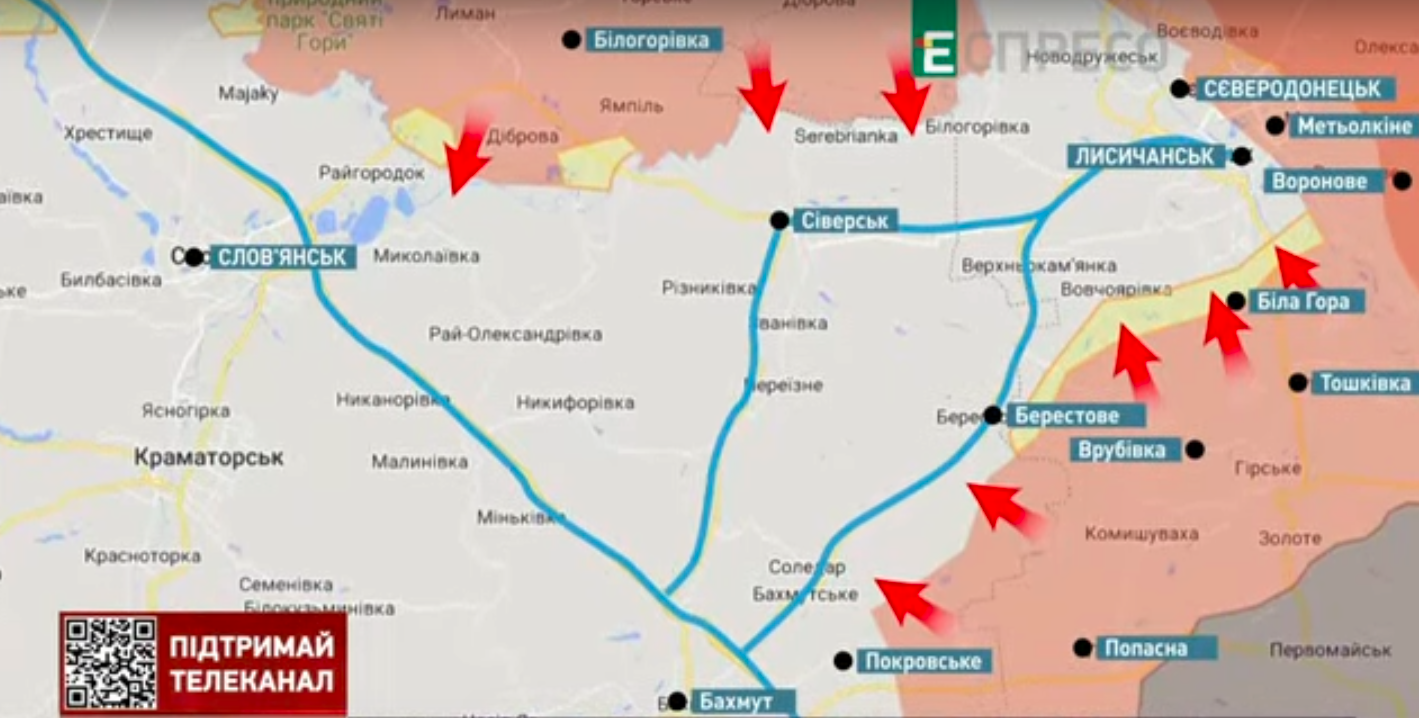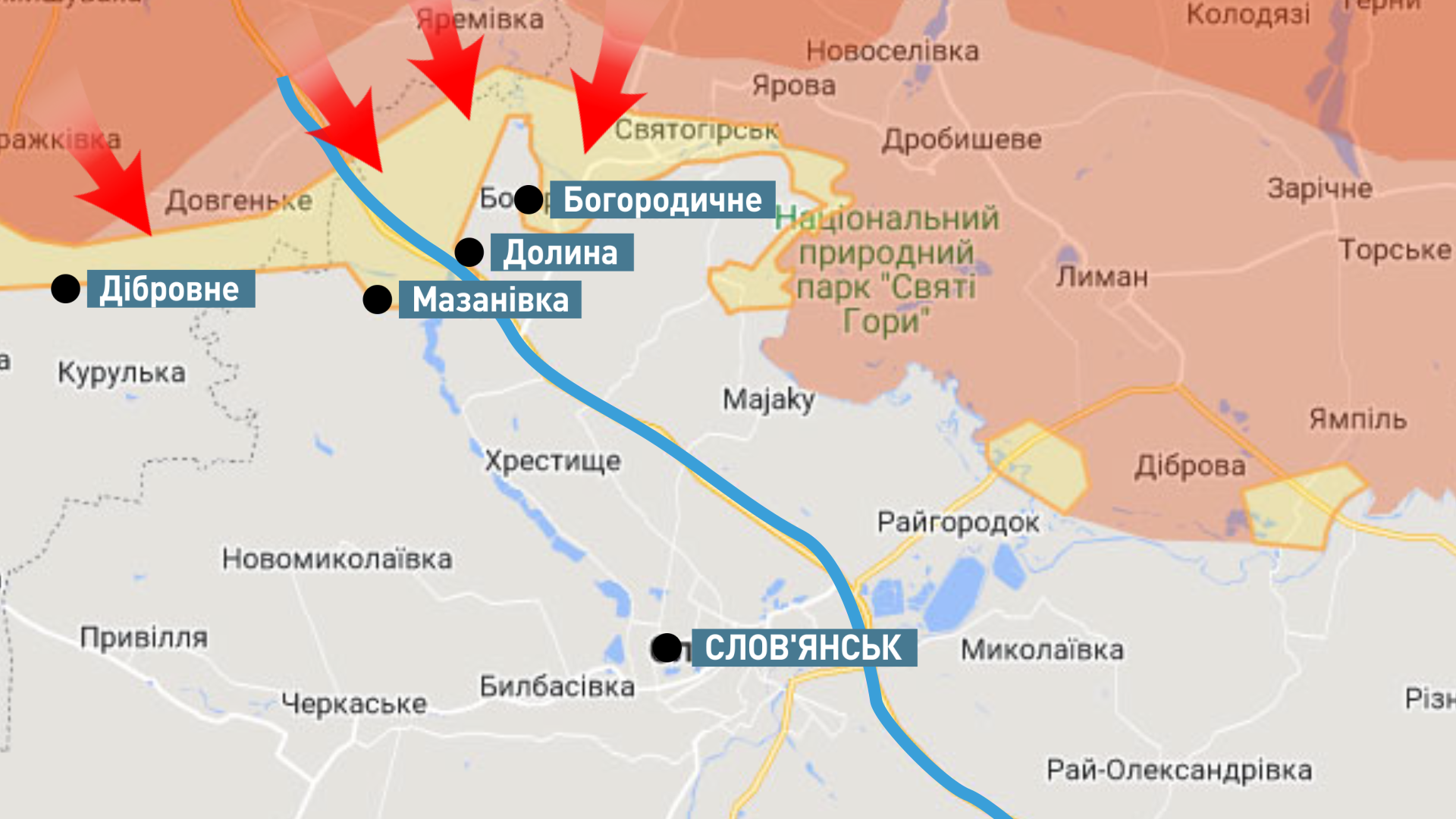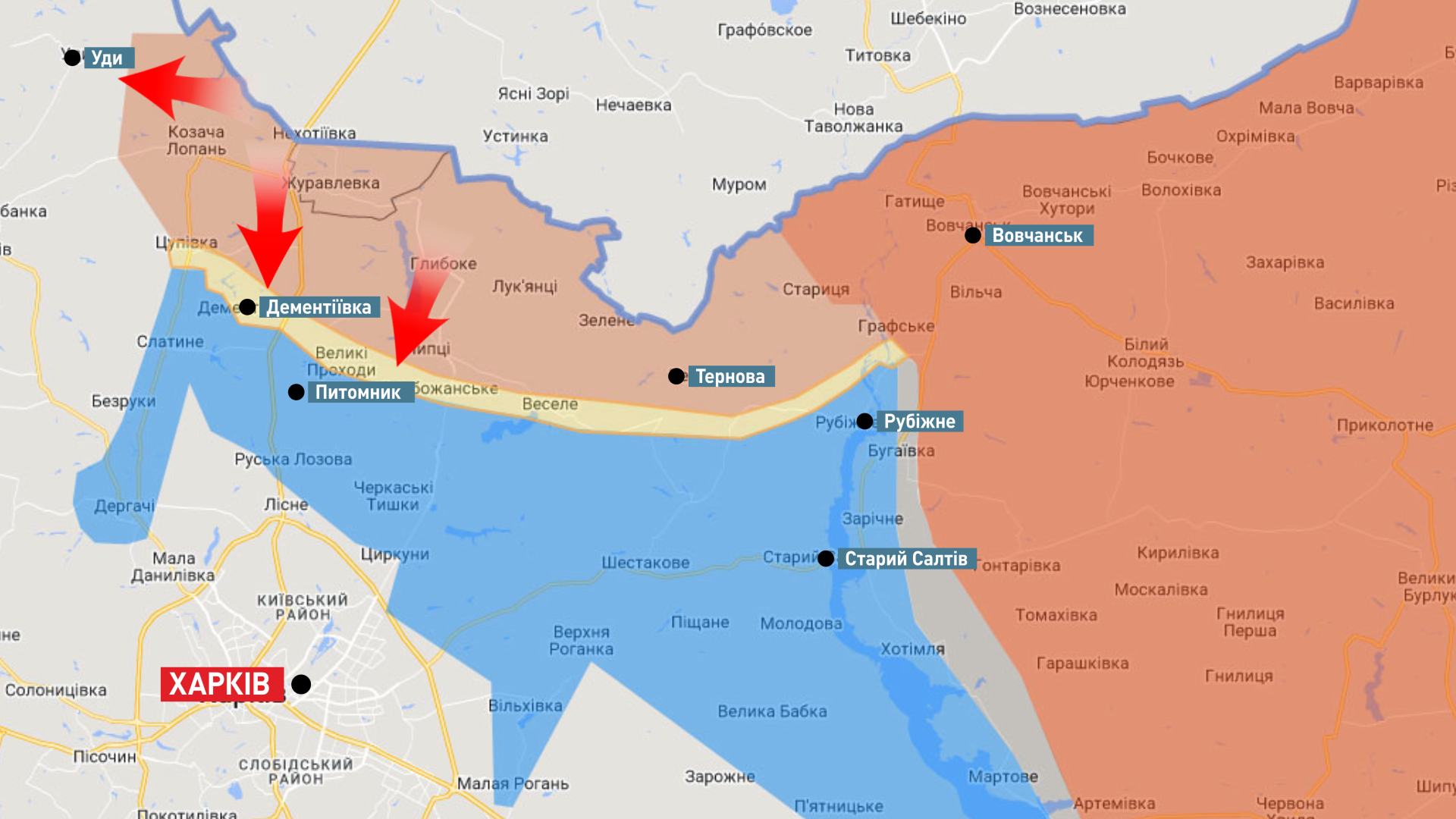
HIMARS is a 'baptism of fire' - Serhiy Zgurets
The first use of HIMARS in the Izyum area was risky and difficult, but without major issues. This 'baptism of fire' with HIMARS was, on balance, successful.
Terrorist strikes with X-22 missiles on Ukrainian cities
Let me remind you that at 15:51 yesterday, June 27, from the airspace of the Kursk region, 60 km from our state border, two Tu-22M3 long-range bombers launched two X-22 cruise missiles at Kremenchuk facilities. One missile hit the Amstor shopping center with tragic consequences, and the other hit the Kremenchuk road machinery plant, which has nothing to do with military production because it has been involved in other projects since 1989.
Given the stockpile of new cruise missiles, the Kremlin has begun using X-22 missiles, which were created in the 1960s to strike aircraft carriers. They are now used to strike ground targets, and we see it being used to strike civilians. This X-22 strike on civilian structures is not the first and it is a terrorist attack with a cruise missile that excited world leaders. Because only the countries-executioners like the Russian Federation can use the weapon against the civilian population on such a scale, with such approaches.
By the way, on May 20, these X-22s were used against a house of culture in Lozova, Kharkiv region, when 7 people, including children, were injured. So firing rockets at cities is a direct indication of Russia's desire to kill as many civilians as possible. Any excuse that they destroyed military facilities is completely unacceptable. In particular, the Tu-22M3 pilots who carried out the launches understood the consequences of using their weapons, which are not high-precision. These missiles are used on aircraft carriers, and if on ground targets, it is a target area of 10 by 10 km. They hit any objects captured by the homing head with such consequences that we have seen in Kremenchuk.
The use of the X-22 is the use of weapons of terror, the use by a terrorist-country. Another fact suggests that Russia will continue to use the X-22. On June 25, six Tu-22M3 bombers entered Belarusian airspace and fired six missiles, one near the Desna training center in Chernihiv Oblast and the other near the Kyiv Reservoir. There was an explosion that did no damage, but was close to the dam. And now we have to think: this missile didn't target the dams, the destruction of which could have serious consequences for Kyiv. Russia is insidious and will continue to use X-22 missiles. If they are launched from the territory of Belarus, such risks are significant and we must rely on strengthening the air defense system. To get new systems that are able to fight these missiles or get new fighters. It will take some time, but we have to rely on the effectiveness of our own air defense systems, in particular the S-300 SAM, which cover Kyiv and are capable of shooting down these missiles.
HIMARS give Russian forces a 'festival of fire'
To conduct effective hostilities, we must rely on new modern weapons. We already have samples of such weapons, including HIMARS, which have not only arrived in Ukraine, but have already begun to be used on the battlefield. The nearest Russian army's rear began to explode. Headquarters with control points, as well as ammunition depots take off into the air. Such a mass 'festival of fire' is recorded by Russian forces and locals. We associate all these events with the use of high-precision HIMARS systems, the official use of which was announced by the Commander-in-Chief of the Ukrainian Armed Forces, Valeriy Zaluzhny.
On June 26, a video came from Izyum, where the command post of the 20th Russian Army of the Western Military District, which had chosen a school for its stay, was located. There is unofficial information that more than 40 Russian soldiers were killed by the attack on this command post, including high-ranking officers and another shift of the 533rd Command and Reconnaissance Center of the Russian General Staff. There is also a video of our missiles hitting other Russian military facilities in the occupied Snezhny at the Himmash plant. The DPR reported that this blow was struck with the Tochka-U missile, but local's video recorded absolutely another missile. It's impossible to say for sure, but it could have been HIMARS.
On June 27, another video recorded an ammunition detonation in Zymohirya, 20 km west of Luhansk. The depot was also destroyed in Khorosh near Zymohirya, where supplies for Russian volley fire systems were stored. Today it became known that another Russian military depot could become another victim of HIMARS. This is the base of Russian personnel in Perevalsky, Luhansk region, 50 km from the line of contact. Accordingly, HIMARS calculations work at the maximum range.
The InformNapalm news agency reported that attacks had been carried out on Russian positions in occupied Kadiivka, 17 km from Perevalsk, and that this was probably also the work of the HIMARS MLRS system. The blasts, reported by locals, indicate that the objects have been wiped off the face of the earth. And these are the indicators of HIMARS systems use, and of course there will be more. So far we are talking about only 4 launchers, and next month should receive 4 more from the American side.
The UK and Germany have to give us another 6 systems. We will have up to 20 HIMARS MLRS capable of using long-range missiles with a range of 80 km and these corrected projectiles have a significant accuracy, much better than Soviet-made volley fire systems.
The use of these systems will now cause some hunting on the part of the Russian Federation to damage our systems. The first use of HIMARS in the Izyum area was risky and difficult information, without negative consequences. There are nuances that can be told after the end of hostilities. The baptism of fire calculations, which were used by HIMARS for the first time, were quite successful.
Review on the fronts
The fighting continues on the line of contact, which is more than 1,000 km long. There are difficult exchanges of strikes in these areas using the potential of artillery, aircraft, and ground forces.
Situation around Lysychansk
Let's start with Lysychansk, because Russia is conducting major operations in the Lysychansk and Bakhmut areas in order to surround our troops in Lysychansk to reach the Luhansk region borders.

Since May 18, this second Russian operation has been going on by the slow frontal displacement of our forces, using artillery and aircraft, as well as the constant throwing up of reserves, which we are neutralizing. We come to a situation where we get a line of defense in Lysychansk itself. Ruseia is trying to carry out attacks on the south of the city and the directions of movement from Vovchoyarivka towards Lysychansk are developing.
Now the Ukrainian line of defense in Lysychansk is more profitable than in Severodonetsk, because there are dominant heights, but there is a threat from the flanks. Russia's movement from Vovchoyarivka in the direction of Lysychansk is aimed at cutting the lines of communication and creating a threat to Lysychansk. In the future, with further pressure on our defense with an excessive amount of artillery, we may decide to level the front line and move to the line of defense Siversk-Soledar-Bakhmut, but here we have a strong line of defense. I don't think we should run ahead with such scenarios. We will continue to try to inflict maximum damage on Russian forces, using the potential that exists in this area.
There is one difficult zone around Popasna. Here Russia tries to carry out the task of cutting the Bakhmut-Slovyansk route with movement from Pokrovske in the Bakhmut direction and along the entire line of the route itself. Fighting continues from Bakhmut to Lysychansk, and the Bakhmut-Lysychansk road itself is the most threatening in terms of Russia trying to cut it. Now movement on this road does not exist because it is under constant fire. The connection of our forces in Lysychansk is carried out on the road Bakhmut-Siversk-Lysychansk. Siversk is important for the needs of logistical support of our group in Severodonetsk, and now in Lysychansk ledge.
Izyum-Slovyansk zone
Russia is trying to launch heavy shelling around Izyum itself and is trying to break through in the direction of Dolyna and Slovyansk, but all attempts to push through our defenses were repulsed by Ukrainian Armed Forces. So it's impossible to speak yet about Russian qualitative advancements. I think it will continue to be so.

Dolyna and Slovyansk are well protected. This potential for engineering protection and the artillery we have at our disposal, as well as the use of new systems, allows us to withstand the Russian onslaught that is already depleted. According to British experts and intelligence, after the fighting around Severodonetsk, Russia is exhausting its offensive potential, and we agree with that. Russia uses unprepared manpower and throws it into battle. We need to find the right balance of forces when counterattacking to minimize the Russian offensive.
Kharkiv direction
The situation here remains predictable and understandable, because the main trend of the enemy is aimed at preventing the approach of our troops to the state border.

Russia is exerting intense fire on Ukrainian troops. However, Russia lacks strength and motivation, but on their side is the approach to the Russian border and the presence of forces that are partially located on the Ukrainian state border. Russia fears that we may develop an offensive towards Vovchansk, which is one of the elements of the logistics line Vovchansk-Velyky Burliuk and further along the territory of Ukraine in the direction of providing Russian logistics troops stationed on the Ukrainian territory. The General Staff announced today that fighting is taking place in Dovhalivka, a town on the left bank of the Siversky Donets, which means that we are fighting in a previously Russia-controlled area.
We will follow this settlement and see if we can develop positive trends from this town and beyond.
- News















































